 |
The UK’s Civil Aviation Authority has banned a number of DJI drones from flights over human beings as investigations are carried out into the cause of some models falling out of the sky. Matrice 200 series models and the Inspire 2 have had temporary flying restrictions applied to them as they use the DJI TB50 and TB55 battery packs that are suspected of failing mid-flight.
The authority states that “a small number of incidents have been recently reported where the aircraft has suffered a complete loss of power during flight, despite indications that there was sufficient battery time still remaining.” While the drones in these incidents themselves have suffered damage from the incidents no third-party persons or property has been affected as a result.
The cause of the fault remains unclear at the moment, and not all of these models of drone seem to suffer from it, but investigators believe the common link is the batteries in use. DJI itself is advising customers to ‘fly with caution’ when using drones that use these batteries as it says they can show incorrect power levels. The company suggests users follow the guidance of the CAA ‘out of an abundance of caution’, and say they are working on firmware to fix the problem.
In addition to the temporary ban on flights over people the CAA has also suspended permissions to fly these models:
- over or within 150 metres of any congested area;
- within 50 metres of any persons;
- within 50 metres of any, vessel, vehicle or structure which is not under the control of the SUA Operator or remote pilot of the SUA;
- over or within 150 metres of an open air assembly of more than 1,000 persons; or
- using EVLOS
DJI seems to have suspended sales on its website of the Matrice 200 series models. For more information see the DJI newsroom, and the CAA website.
CAA Safety Notice:
Civil Aviation Authority
SAFETY NOTICE
Number: SN–2018/009
Small Unmanned Aircraft
Issued: 31 October 2018
DJI Battery TB50 and TB55 In-Flight Power Failures
This Safety Notice contains recommendations regarding operational safety.
Recipients must ensure that this Notice is copied to all members of their staff who need to take appropriate action or who may have an interest in the information (including any ‘in-house’ or contracted maintenance organisations and relevant outside contractors).
 |
2 Introduction
2.1 This Safety Notice supersedes and revokes Safety Notice SN–2018/008.
2.2 This Safety Notice applies to operators of multi-rotor small unmanned aircraft utilising DJI battery model TB50 or TB55, including all DJI Matrice 200 series (which includes the 200, 210 and 210 RTK platforms) and the DJI Inspire 2 (the “Affected SUA”).
2.3 A small number of incidents have been recently reported where the aircraft has suffered a complete loss of power during flight, despite indications that there was sufficient battery time still remaining. In each case, this resulted in the aircraft falling directly to the ground due to the immediate loss of lift with the remote pilot unable to control its subsequent flight path. The small unmanned aircraft were damaged upon impact, but the CAA has not received any reports of injuries to people or other property.
2.4 Investigation by the manufacturer has confirmed that this issue is not confined to any specific firmware version and is thought to be related to the batteries TB50 and TB55. The full details of the occurrences are still being investigated.
2.5 The purpose of this Safety Notice is to highlight the requirement for the SUA operator and/or remote pilot to be reasonably satisfied that the flight can be safely made (Air Navigation Order 2016 (ANO) article 94(2)), restrict overflight of persons at any height and to temporarily limit the scope of any operational authorisations issued to operators of the Affected SUA.
Civil Aviation Authority Safety Notice SN–2018/009
3 Compliance/Action to be Taken
3.1 This Safety Notice requires the following actions to be taken:
a) Provisional Suspension of Operations
i) In accordance with Air Navigation Order article 257 and 257(2)(c) operators of Affected SUA are hereby directed not to permit any flight that involves overflight of any persons at any height until further notice.
ii) In accordance with Air Navigation Order article 253, any element of a permission based on an Operational Safety Case (OSC), issued by the CAA to an SUA operator which permits the operation of an Affected SUA to be operated:
* over or within 150 metres of any congested area;
* within 50 metres of any persons;
* within 50 metres of any, vessel, vehicle or structure which is not under the control of the SUA Operator or remote pilot of the SUA;
* over or within 150 metres of an open air assembly of more than 1,000 persons; or
* using EVLOS
is provisionally suspended until further notice.
iii) These limitations will be subject to regular review. As soon as further updates have been obtained from the manufacturer, and the CAA is satisfied that this has been addressed in a satisfactory manner, the CAA will then issue a further update via the SkyWise alerts portal on the CAA website.
b) Emergency Services Operations
i) Due to the unique nature of emergency services operations, the privileges contained within General Exemption E 4506 (ORS4 No. 1233) may continue to be exercised whilst using the Affected SUA, provided that the potential risks highlighted in this Safety Notice have been considered within the decision to proceed and the overflight of uninvolved persons is minimised.
4 Queries
4.1 Any queries or requests for further guidance as a result of this communication should be addressed to the following e-mail address: uavenquiries@caa.co.uk, with the subject line ‘Safety Notice – DJI Battery TB50 and TB55 In-Flight Power Failures’.
5 Cancellation
5.1 This Safety Notice will remain in force until further notice
Articles: Digital Photography Review (dpreview.com)
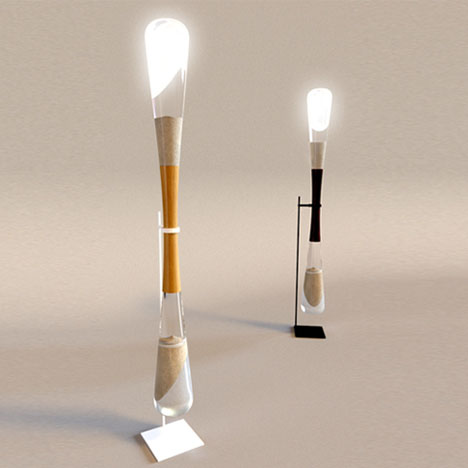

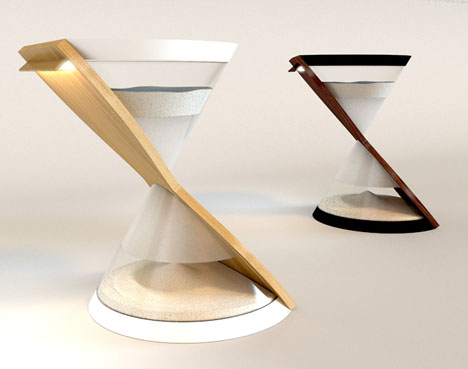
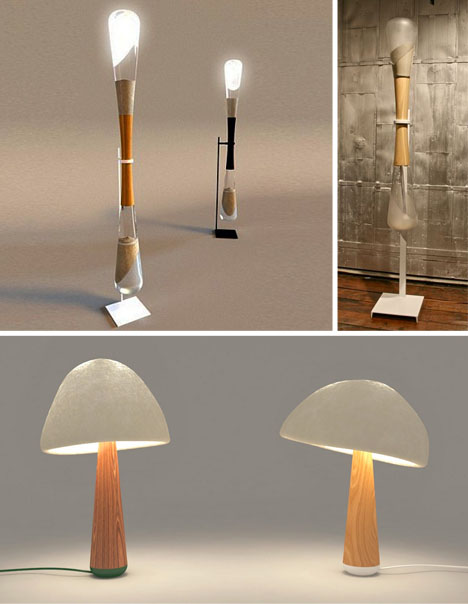
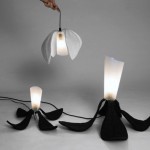
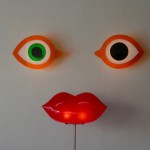





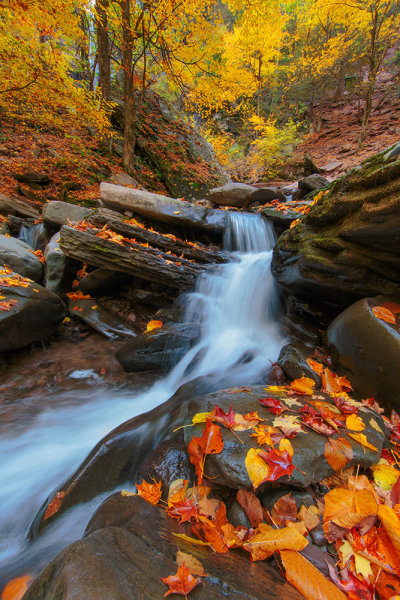
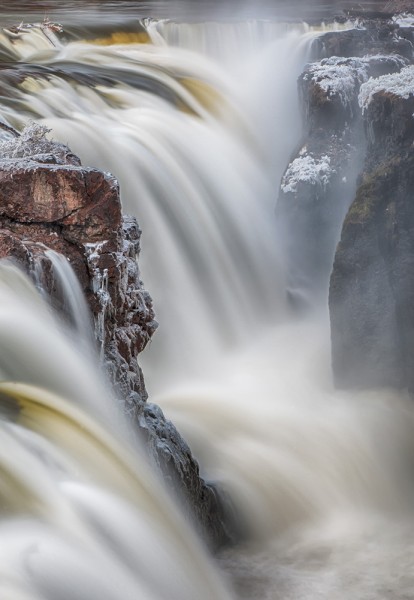
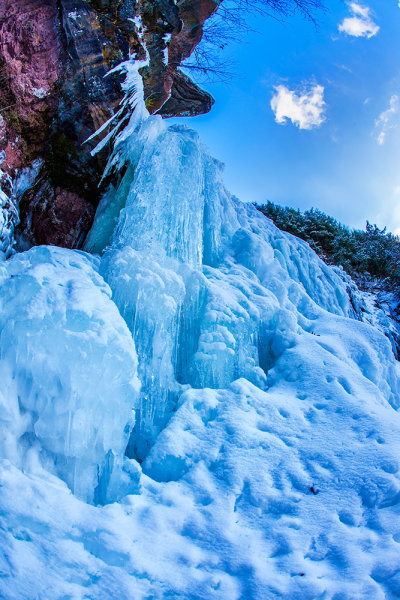
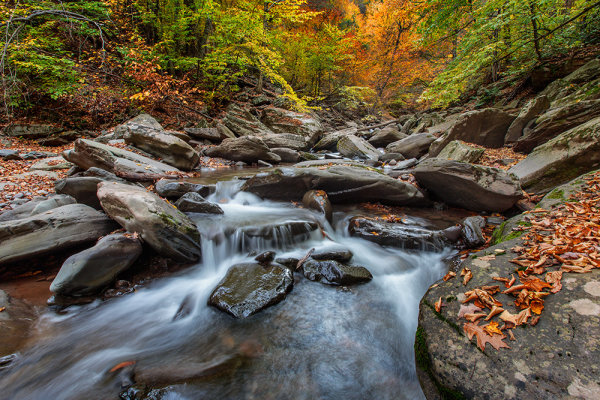


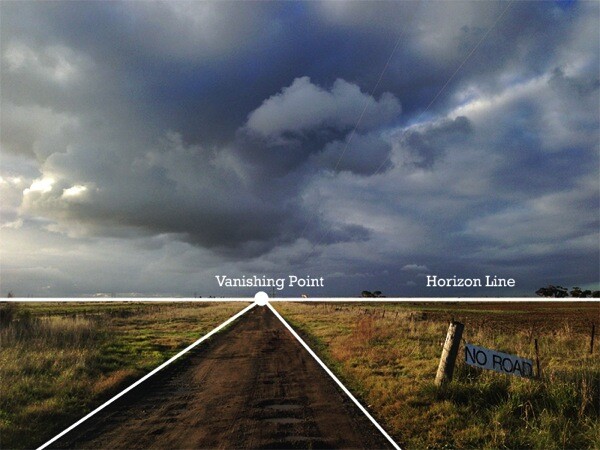
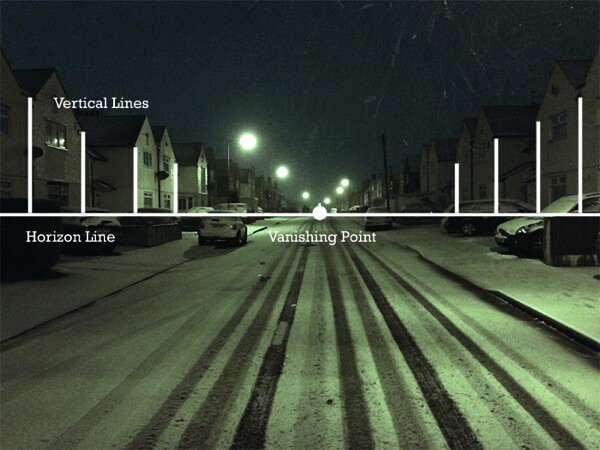
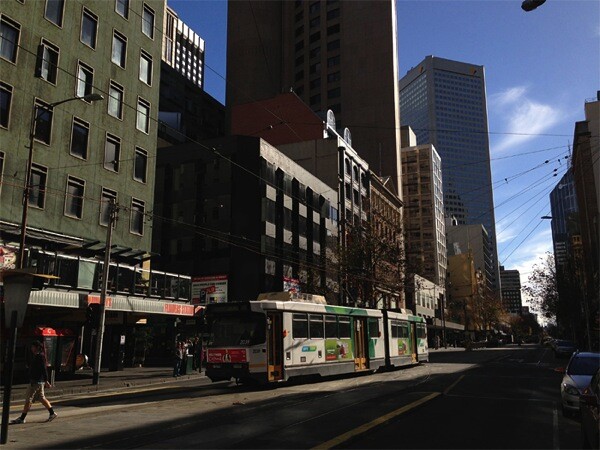
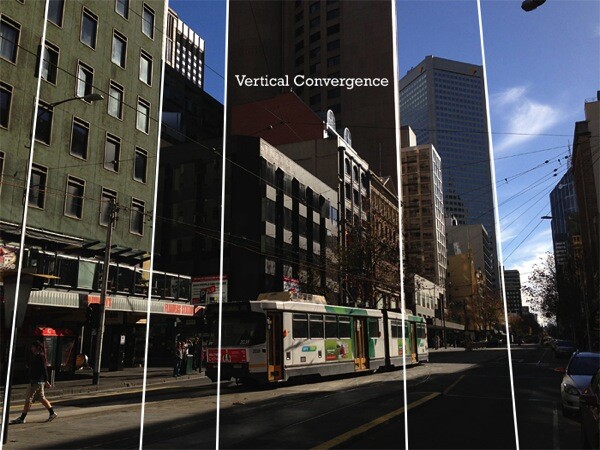
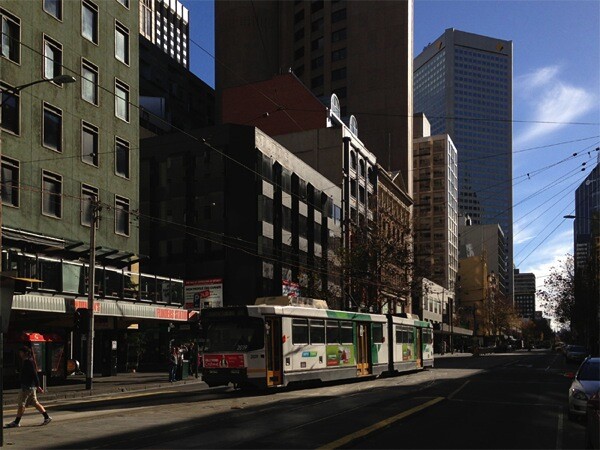
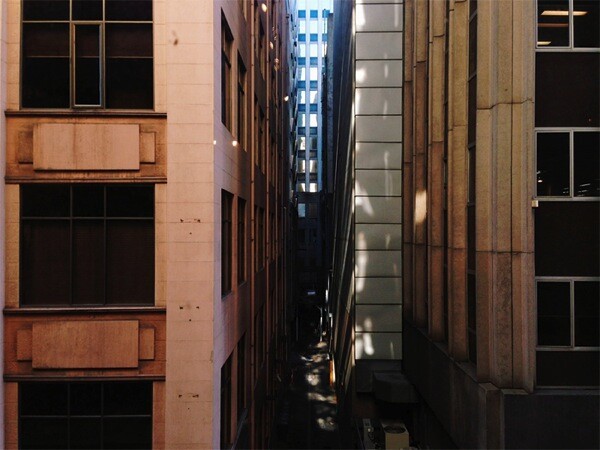
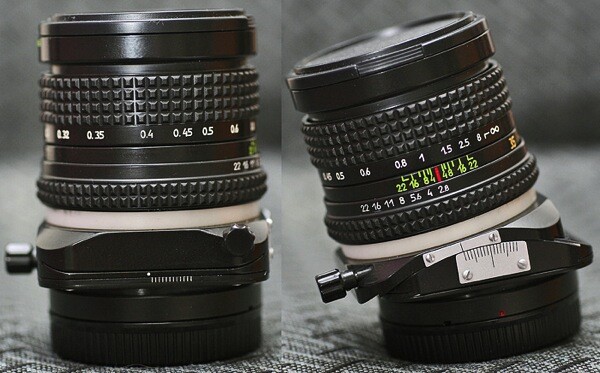
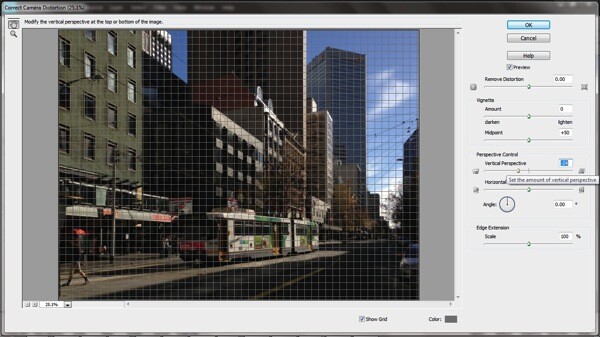
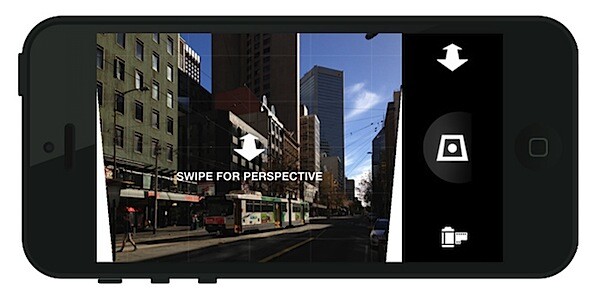






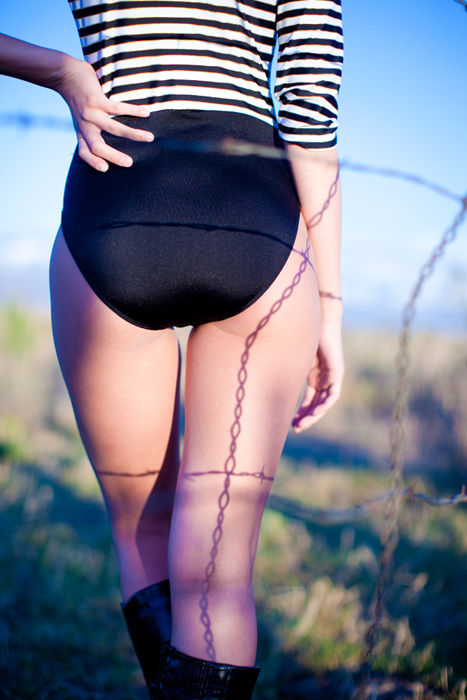
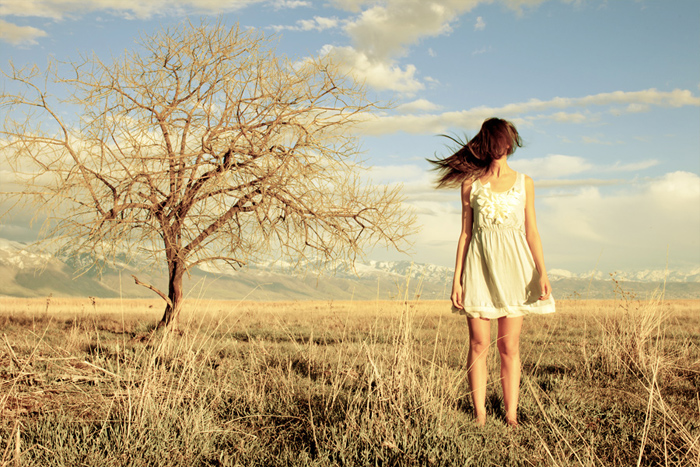
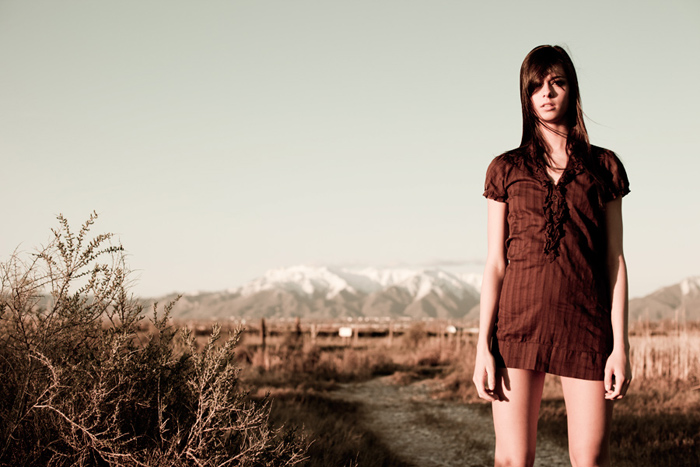
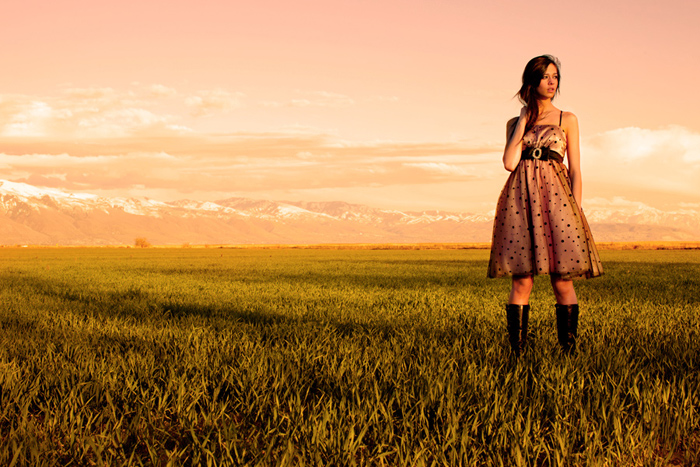
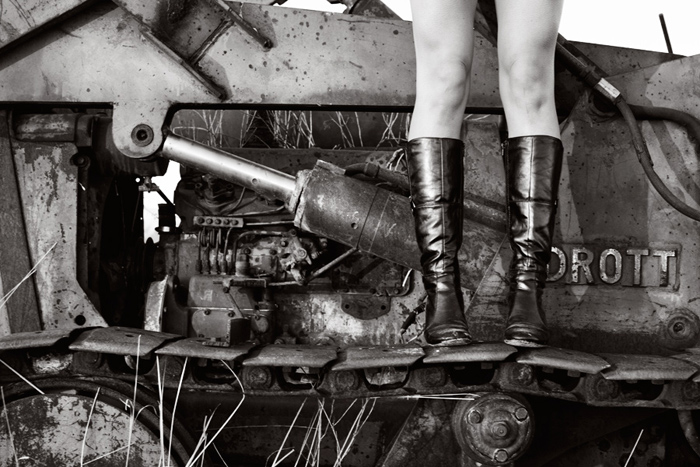
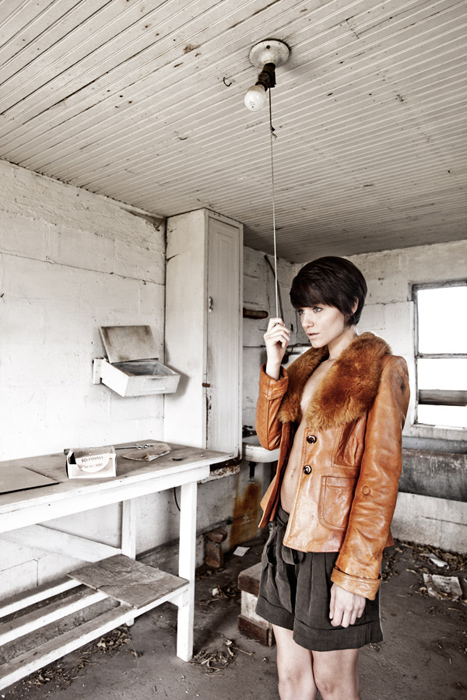
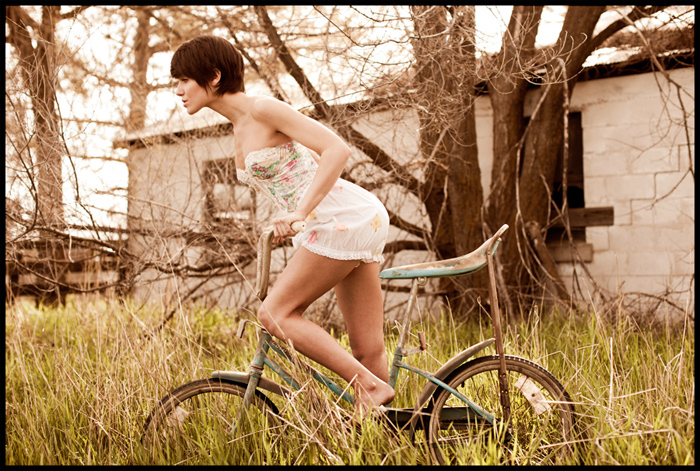
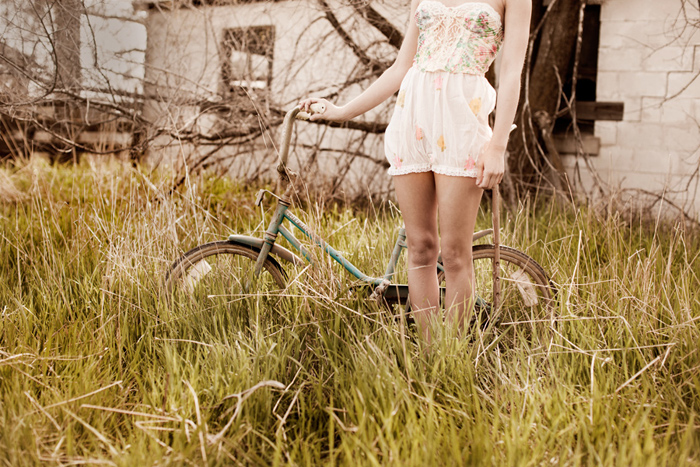
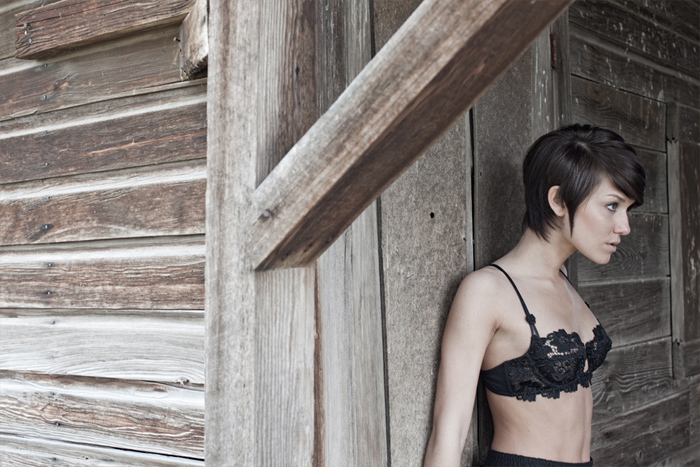
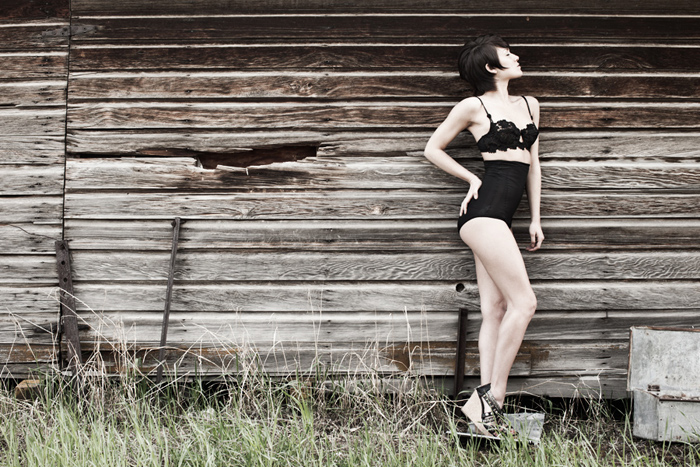
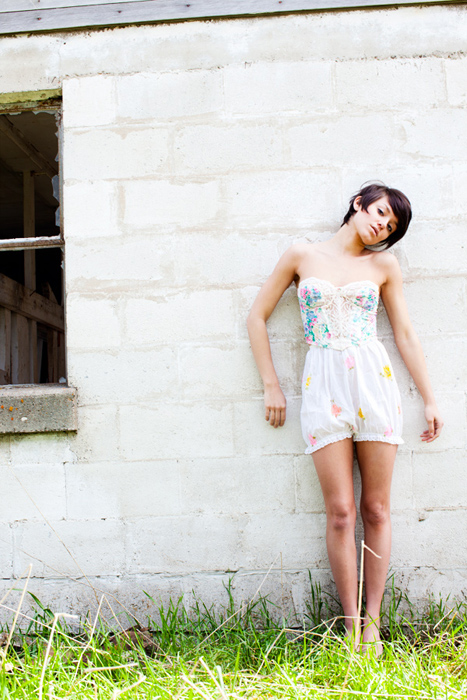
You must be logged in to post a comment.